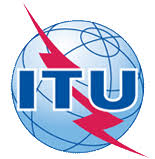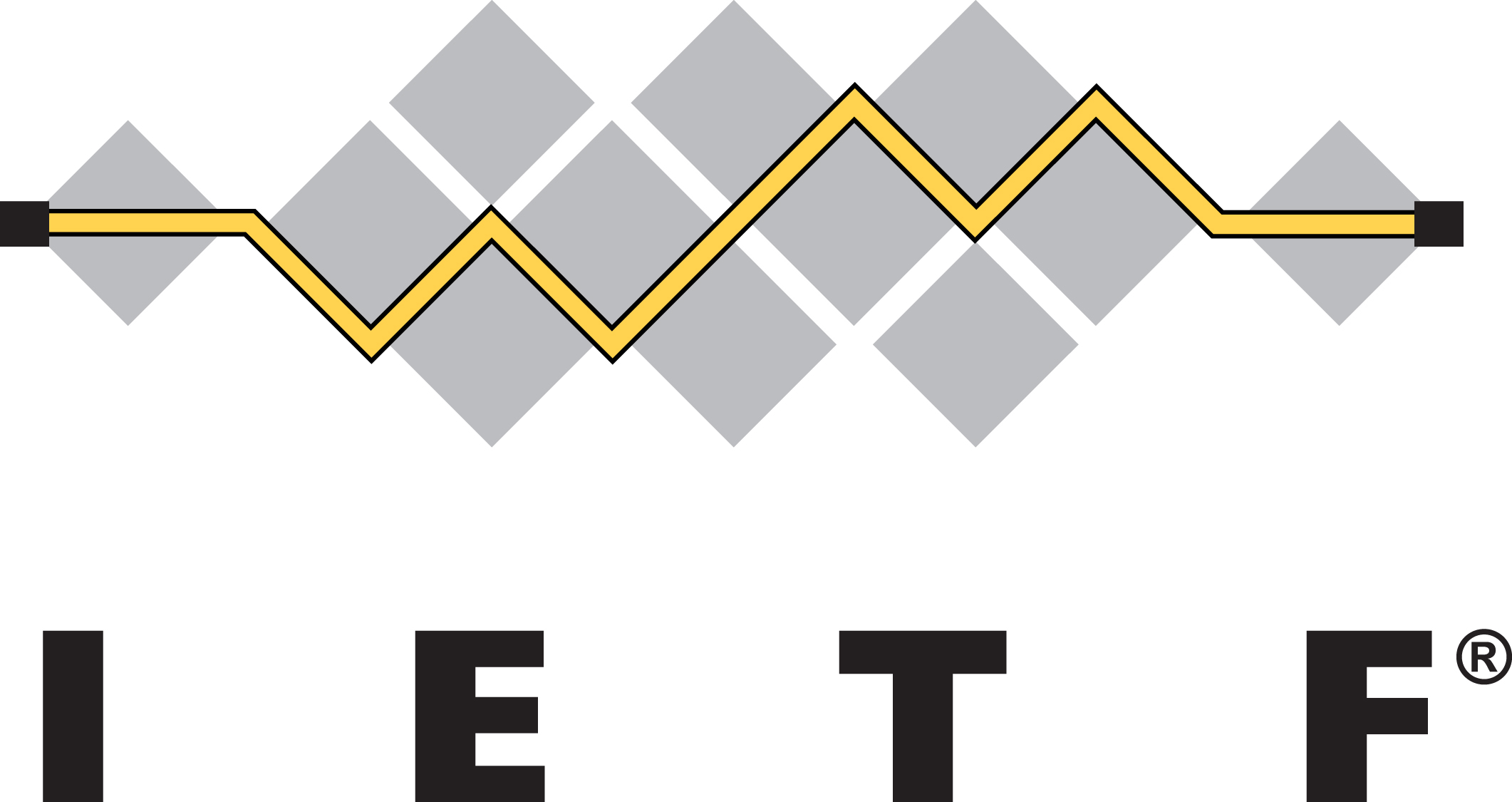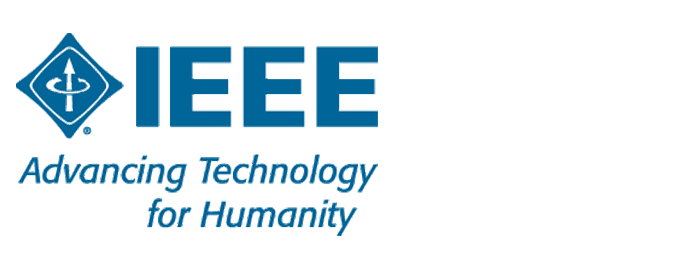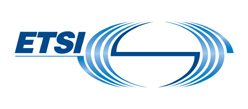In recent years, there a+E139:I139re more extra-large data centres worldwide. Although these kind of data centres are in strong capability of data processing, it is a little bit difficult to meet the need of data centre application from users. The Edge data centre is established to perfectly solve this problem and let users get better experience of data access. With the huge quantity application and establishment of Edge data centres, the specific requirement of data centre infrastructure, especially in Edge data centre, will be stricter in the future. This Recommendation proposes to establish clear requirements on infrastructure including ICT system, powering system, cooling system, monitoring system etc. to get green, safe, reliable, smart, energy-saving Edge data centre.
ITU-T - SG5 - L.Spec_Edge DC
https://www.itu.int/ITU-T/workprog/wp_item.aspx?isn=17700




